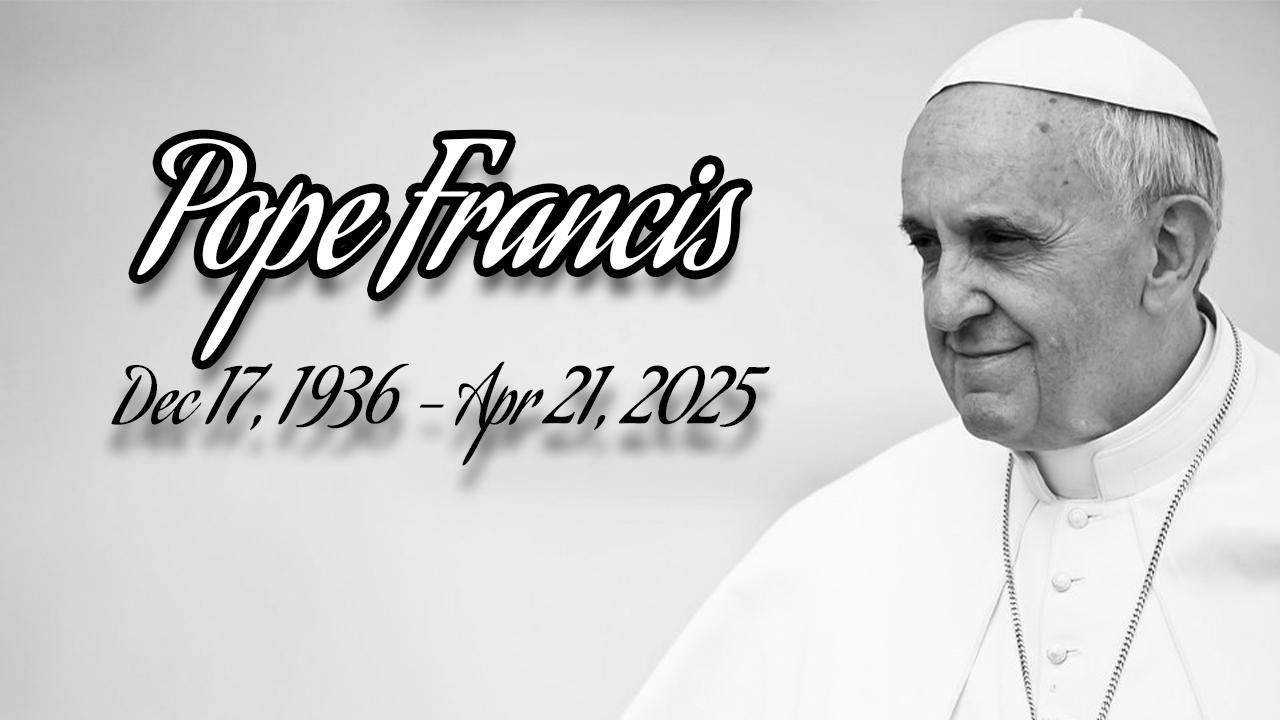
Pope Francis Dies at 88
Pope Francis, who led the Roman Catholic Church through a transformative and often controversial era of change, has died at the age of 88, the Vatican announced on Monday. Known for his efforts to make the Church more inclusive and focused on compassion for the marginalized, Francis’ passing leaves the Catholic world at a crossroads.
A Pontiff Who Pushed Boundaries
Pope Francis, born Jorge Mario Bergoglio in Argentina, became the first pope from the Americas and the first Jesuit to hold the papacy. From the beginning of his papacy in 2013, he signaled a shift in tone and priorities for the Catholic Church. He emphasized mercy over judgment, inclusion over dogma, and social justice over institutional rigidity.
His outreach to the poor, migrants, and the environment earned him admiration globally, even among non-Catholics. He was often seen visiting prisoners, advocating for climate action, and speaking out on behalf of the voiceless. His critics, however, argued that his reforms were too liberal and risked diluting traditional doctrine.
A Quiet Passing and a Global Mourning
Cardinal Kevin Farrell, an American of Irish descent and the Vatican’s de facto administrator during the interregnum, announced Pope Francis’ death:
“At 7:35 this morning, the Bishop of Rome, Francis, returned to the house of the Father.”
The Vatican has announced that a public viewing may begin as early as Wednesday. However, unlike his predecessors, Pope Francis requested his body remain in a coffin rather than be placed on a pedestal, in line with his lifelong preference for humility.
Around the world, tributes began to pour in. In Hong Kong, worshippers lit candles beneath a portrait of the late pope outside the Cathedral of the Immaculate Conception. Elsie Leung, a consultant in her 40s, said, “He stayed with the most vulnerable and the poorest. He tried his best until the last moment to fulfill his role.”
Mary Wong, a 67-year-old retiree, appreciated Francis’ attempt to improve ties with China. “Bridges have to be built slowly. And he started to build them,” she said.
In Paris, Mayor Anne Hidalgo ordered the Eiffel Tower lights to be turned off in his honor. She noted his commitment to ecology, social justice, and refugee advocacy, even announcing plans to name a public place after him.
Meanwhile, in the Philippines, faithful gathered at the National Shrine of Our Mother of Perpetual Help in Parañaque City to offer prayers for the late pontiff.
The Sede Vacante and the Coming Conclave
With Pope Francis’ death, the Church enters a period known as sede vacante—Latin for “the seat is vacant.” During this time, the College of Cardinals oversees the Church’s basic operations but is prohibited from making significant decisions.
Within 15 to 20 days, Cardinal Giovanni Battista Re, dean of the College of Cardinals, will summon eligible cardinals under age 80 to Rome for a conclave. The secretive and ritual-filled process will take place in the Sistine Chapel, where cardinals cast votes until a two-thirds majority elects a new pope.
Each cardinal writes the name of their chosen candidate on a ballot. If no consensus is reached, black smoke emerges from the chapel’s chimney. White smoke signals that a new pope has been chosen.
During the conclave, the cardinals stay at Casa Santa Marta, accommodations initiated by Pope John Paul II to replace the older, cramped quarters of the Apostolic Palace.
What Comes Next for the Church?
Pope Francis’ death raises a pivotal question: will the next pope continue his legacy of inclusivity and reform, or steer the Church back to a more traditional, doctrinal path?
The answer may define the direction of the Roman Catholic Church for generations. As the world watches the solemn rituals of mourning and the sacred secrecy of the conclave, one thing remains certain—Pope Francis leaves behind a Church forever marked by his courage, humility, and unwavering concern for the least among us.
More Stories
Freddie Aguilar Dies at 72: The Philippines Mourns
The Philippines music industry mourns as one of the music icons in the country, Freddie Aguilar, died on Sunday, May...
US Cardinal Robert Prevost Becomes Pope Leo XIV: A Historic First
Vatican City, May 9 — Cardinal Robert Francis Prevost has been elected as Pope Leo XIV, making history as the...
Val Kilmer, Hollywood Icon, Dies at 65
Val Kilmer, the charismatic and versatile actor best known for his roles as Bruce Wayne in Batman Forever and Jim...
Samsung Co-CEO Han Jong-hee Passes Away Due to Cardiac Arrest
South Korean tech company Samsung confirmed that its co-chief executive officer, Han Jong-hee, died from cardiac arrest — he was...
No Classes on March 24: List of Universities and Schools in Metro Manila That Announced Class Suspension
Sunday, March 23: Some schools and universities announced face-to-face class suspensions in Metro Manila due to a looming transport strike...
Rodrigo Duterte to Undergo Medical Procedure, Bong Go Said
PH Senator Bong Go, a known ally of Rodrigo Duterte, said the Former President will undergo a scheduled medical check-up...